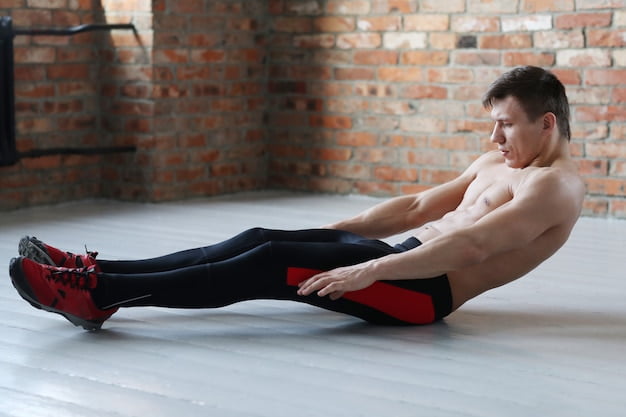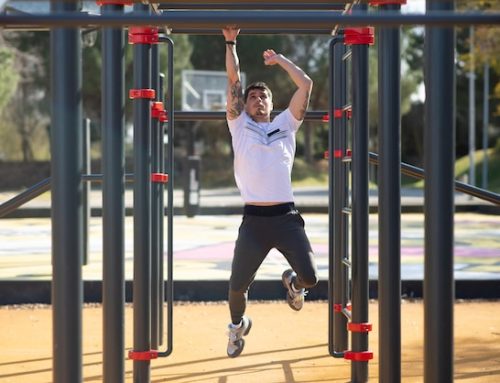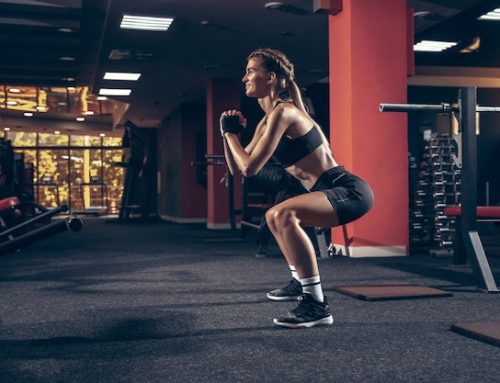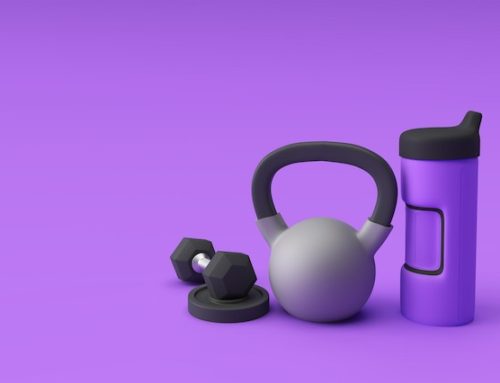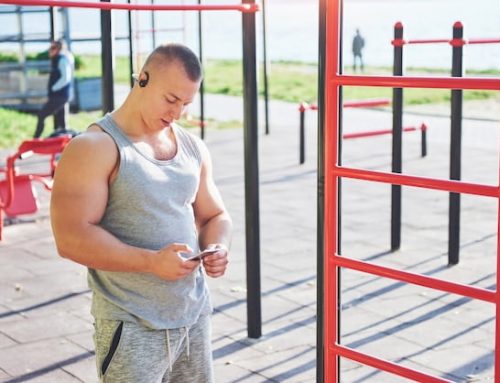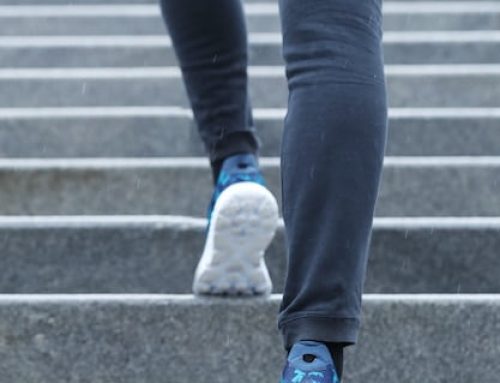Introduction
Calisthenics is a form of exercise that involves using one’s own body weight to perform workouts. It’s a great way to build strength, flexibility, and endurance. While many people think that the most important thing in calisthenics is mastering the most challenging exercises, like muscle-ups and planches, there is actually something much simpler that is even more important.
Proper Form
The most important thing in calisthenics is proper form. This means performing exercises correctly, with good technique and control. Proper form helps to prevent injury, ensures that you are working the correct muscle groups, and allows you to progress smoothly from one exercise to the next.
One of the best ways to ensure good form is to start with the basics. This means mastering exercises like push-ups, squats, and lunges before moving on to more advanced movements. It also means paying attention to your body and how each exercise feels. If something feels off or painful, it’s important to stop and reassess your form.
Progressive Overload
Once you have mastered the basics, the next most important thing in calisthenics is progressive overload. This means gradually increasing the intensity or difficulty of your workouts over time. It’s what helps you to continue making gains and seeing results.
There are several ways to implement progressive overload in calisthenics. One is to increase the number of reps you perform for each exercise. Another is to perform more challenging variations of each exercise, like a one-armed push-up or a pistol squat. You can also add weight to some exercises, like pull-ups or squats, using a weight vest or backpack.
Consistency
Consistency is another key factor in calisthenics success. This means sticking to a regular workout schedule, even if it’s just a few times a week. It’s what allows you to build strength and endurance over time, and to see progress in your performance.
One way to ensure consistency is to make your workouts a priority. Set aside specific times each week for your workouts, and treat them like any other important appointment or meeting. You can also use a workout buddy or join a class to help keep you accountable and motivated.
Rest and Recovery
Rest and recovery are also important in calisthenics. It’s important to give your muscles time to rest and repair after a workout, and to avoid overtraining or burnout. This means incorporating rest days into your workout schedule, and listening to your body when it needs a break.
In addition to rest, recovery also includes proper nutrition and hydration. Make sure to fuel your body with healthy, nutrient-dense foods and plenty of water to support your workouts and aid in recovery.
Mindset
Your mindset can also play a big role in your success in calisthenics. It’s important to approach your workouts with a positive attitude and a growth mindset. This means recognizing that progress takes time, and that setbacks and challenges are a normal part of the process.
One way to cultivate a growth mindset is to set realistic goals for yourself, and to celebrate your progress along the way. You can also seek out supportive communities or coaches who can offer encouragement and advice.
Mobility and Flexibility
Mobility and flexibility are often overlooked in calisthenics, but they are also incredibly important. Good mobility and flexibility allow you to move more freely and effectively, and can also help to prevent injury.
One way to improve your mobility and flexibility is to incorporate stretching and mobility exercises into your warm-up and cool-down routines. Yoga or Pilates can also be helpful in improving your overall flexibility and mobility.
Conclusion
In conclusion, while advanced calisthenics movements are impressive, the most important thing in calisthenics is actually much simpler. Proper form, progressive overload, consistency, rest and recovery, mindset, and mobility and flexibility are all crucial factors in calisthenics success. By focusing on these foundational elements, you can improve your performance, prevent injury, and see long-term progress in your fitness journey.
